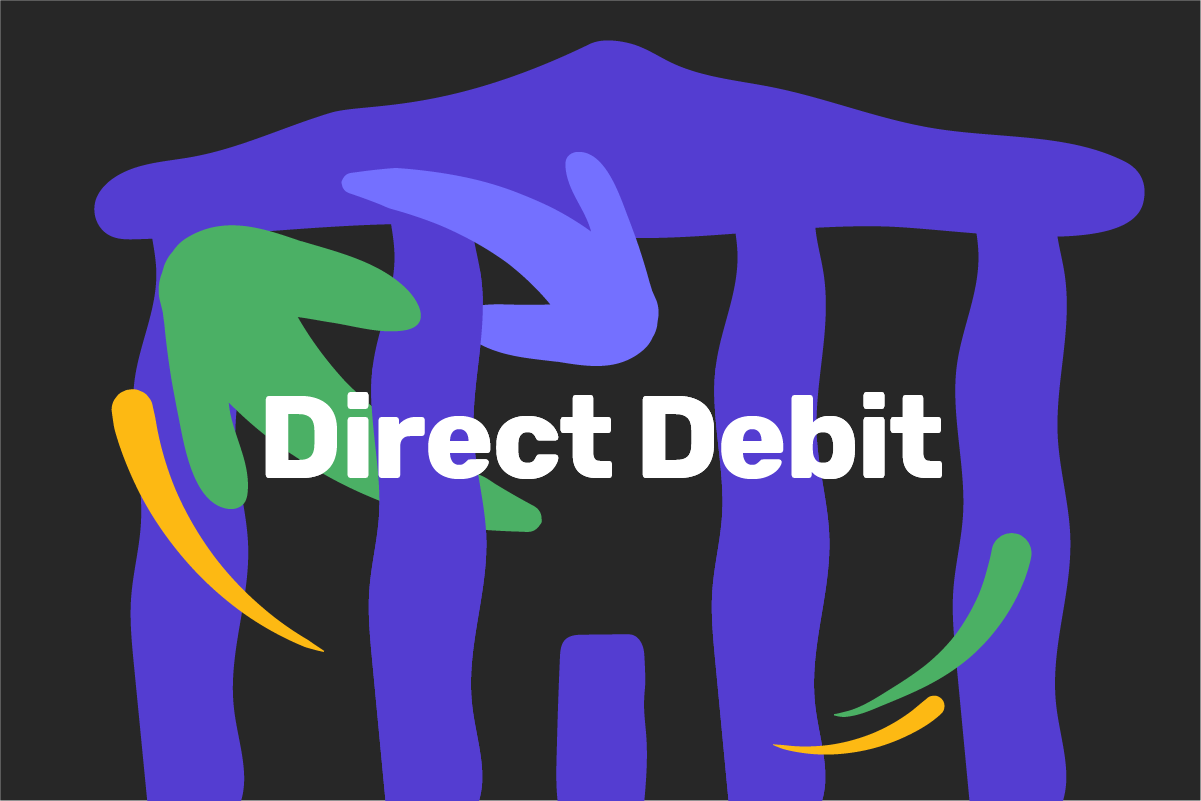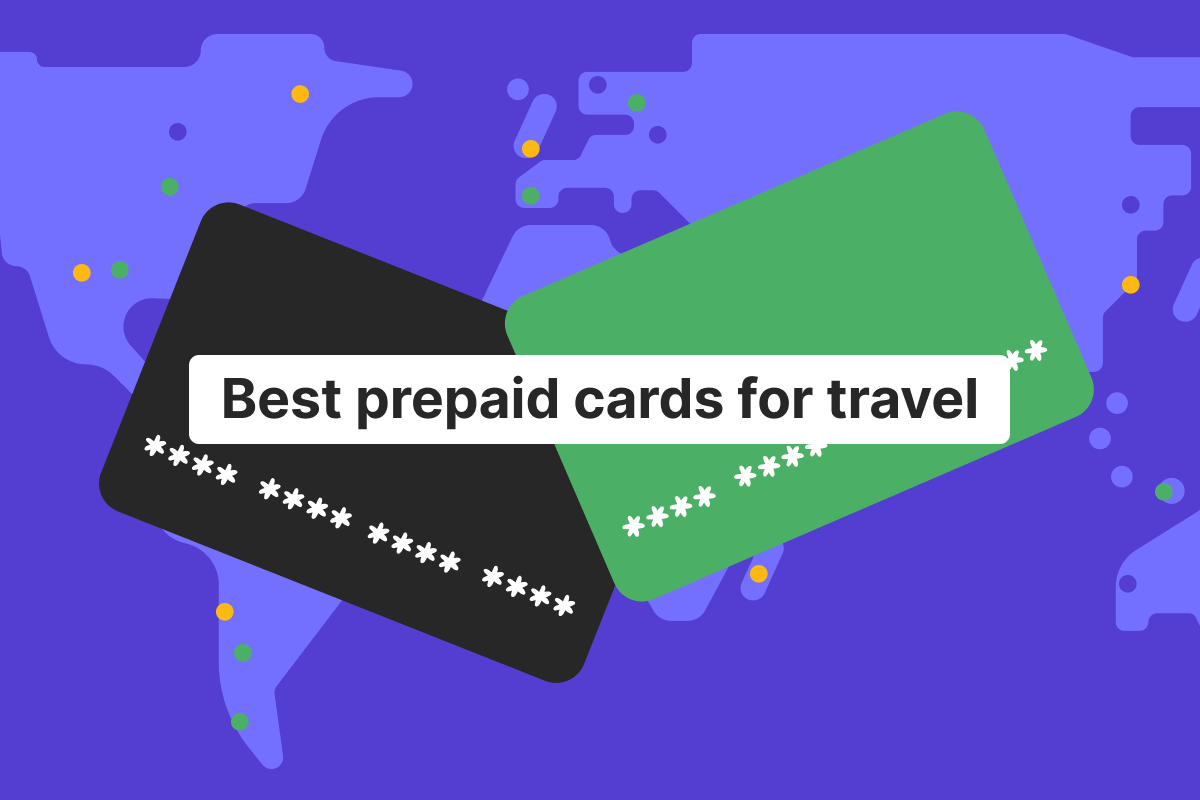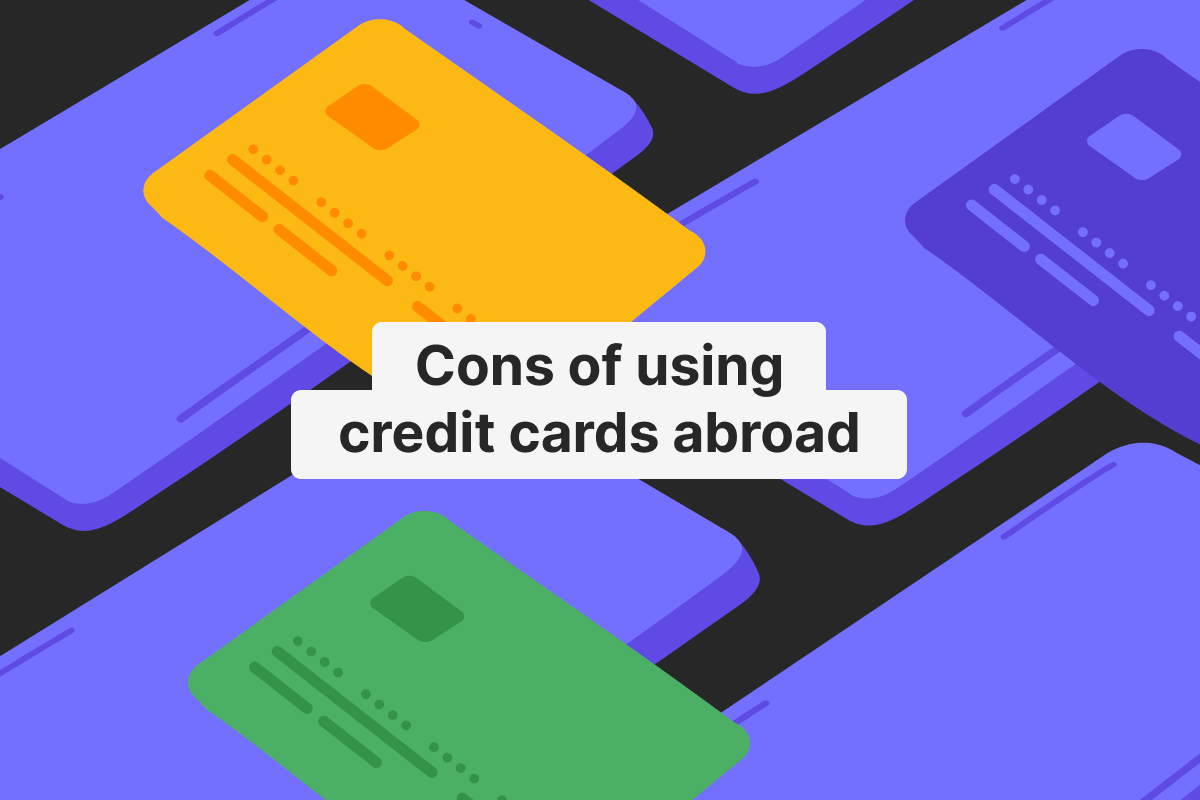Did you know, there’s a way to simplify some of the regular payments you make? That’s right, today Genome‘s team will introduce you to the concept of direct debits and how they work.
When is direct debit used?
Let’s first uncover the direct debit meaning. Direct debit is a type of pre-authorized payment that makes regular transactions for variable amounts safer and faster. Also known as a pre-authorized debit (PAD) or pre-authorized payment (PAP), these transactions work the other way around compared to when you initiate transfers yourself. Paying direct debits means that you authorize a third party to withdraw funds from your bank account at a specific time.
Direct debit payments are perfect for paying utility bills, rent, and different subscriptions. In other words, the creditor allows the debtor to withdraw money from their account to cover certain expenses. Usually, this is done monthly, but the frequency depends on the type of services you’re paying for.
How to set up a direct debit?
In Europe, direct debit can be set up with the help of the SEPA system. Such transfers were only introduced in 2018 in the SEPA area. In the US, the Automated Clearing House network processes such payments.
To arrange direct debits, you need to fill in the form called Direct Debit Mandate. It can be done either online or by signing real documents. A mandate is a contract between you and the debtor that should have some crucial points for higher safety. For example, you should be always notified in advance about the date and amount that will be charged from your account. Moreover, if any sum is withdrawn by mistake, you should receive a Direct Debit guarantee, which is an immediate refund.
FAQ
How does a direct debit work?
Direct debit is a special payment, during which a third party (your debtor) can take money from your bank account for specific services (rent, fixed subscriptions, etc). The main benefit of such a transaction is that you set it up once, and then do not have to initiate transfers on a weekly/monthly basis.
Is direct debit the same as a bank transfer?
The key difference between direct debit and regular transfer is about who initiates the transaction. Every single time you’re making a transfer, you need to fill in all the details of the receiver yourself (including IBAN, SWIFT/BIC code, the full name of the payee, and the sum). With direct debit payment, you only fill in the mandate one time, and your debtor and bank take care of the rest. That is, if you have enough funds in your account, the necessary sum can be easily withdrawn by a third party. Thus, you save your time and efforts and don’t have to do any financial operations to pay, for instance, your rent or software package.
Speaking of saving time, we advise you to check out Genome if you want all your financial operations to be fast, secure, and completely online, too!
With Genome, you can open personal and business wallets. Using these, you can make and receive SEPA, SWIFT, and internal money transfers. For more information, check out Genome’s website.
Open an account
in Genome online
What is a direct debit transaction?
It’s a pre-authorized payment that happens between creditor and debtor. After both sides sign a Direct Debit Mandate, the third party (the debtor) can collect a sum from your bank account. Your bank serves as an intermediary here as it allows access to your funds.
Direct debits are safe and fast. What is more, you do not have to worry about forgetting to pay your rent each month or lose an invoice. With a direct debit payment, all these things are automated under the condition that you have enough money in your account. Invoices cannot be lost, but are saved in your mobile banking so that you can look through them whenever it is convenient for you.
Is direct debit the same as a debit card?
In some way, direct debit and debit card work on the same principle: money are taken from your bank account. However, by using your bank card, you need to fill in all card details on your own (card number, CVV code, and authorize payment (in a mobile app or via SMS)) with the help of a payment gateway.
The direct debit payment is only possible after you sign some sort of a contract (mandate) with a third party. You should receive notifications with the exact date and sum before the actual transaction happens so that you know what’s going on with your payments. Then, the debtor should be able to transfer funds from your bank account to their bank account.






